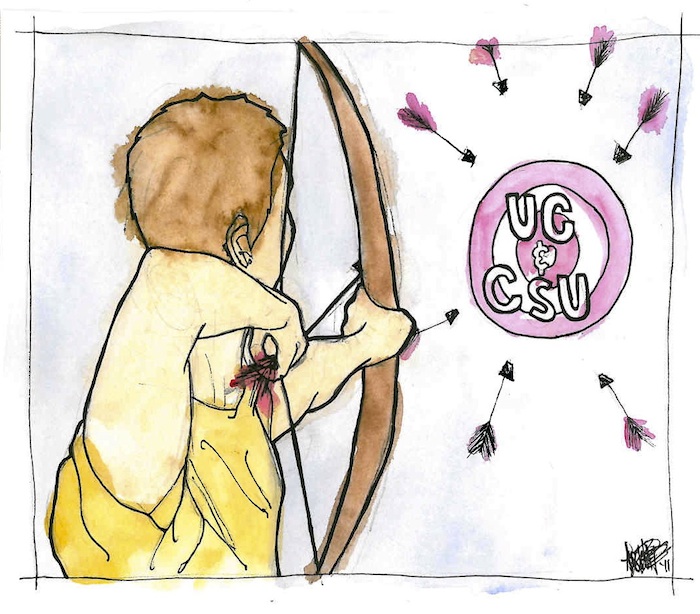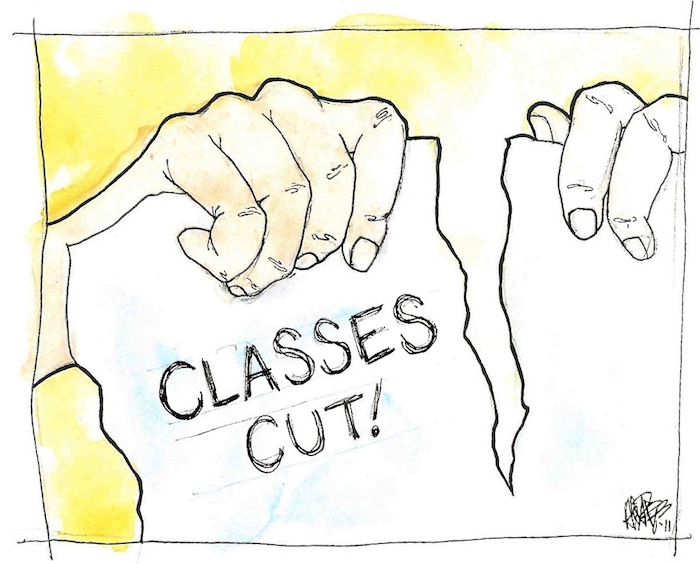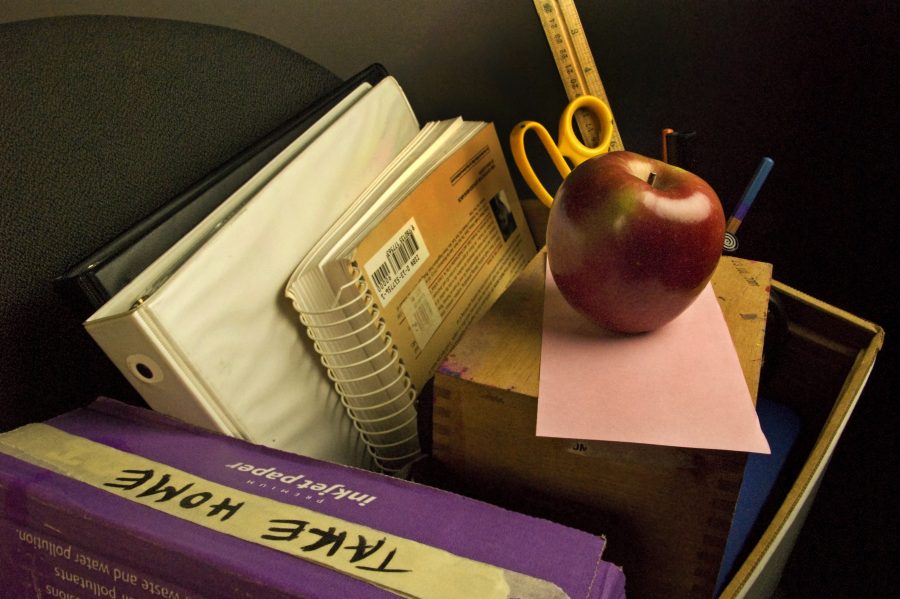Although the state budget for the following school year has not yet been announced, rumors are flying high about what implications it will hold for Ventura schools coping with a possible $4 million shortfall.
At the Ventura Unified School District Board of Education meeting on Tuesday night, Assistant Superintendent of Business Services Joseph Richards, and Director of Budget and Finance Andrea McNeill, presented the 2010-11 First Interim Financial Report.
“These are assumptions that we are using to balance our budget,” Richards said, “There are a lot of options that we can look at and review.”
The district is looking to possibly cut about $2 million from the budget for next school year by taking four furlough days. For the following year, they may need to cut another $4 million by taking eight furlough days. These will make up a deficit of approximately $500,000 per day. However, this still leaves the district with a $500,000 shortfall each year, staff said.
The shortfall cannot be made up in more furlough days. The current legislation requires at least 175 days of school per year. More than eight furlough days would put Ventura Unified under this number. However, a possible reduction to 170 days per school year is being considered by the California legislature, district staff said.
Measure H, a property tax measure that would have provided $4 million to district schools, failed to receive a two-thirds vote in November.
McNeill on Tuesday attended incoming Governor Jerry Brown’s budget session at UCLA. The session specifically focused on education.
“It felt very positive, in terms of the message,” McNeill said.
Brown, however, acknowledged that the state budget deficit will be much worse than previously anticipated.
In other words, the estimated budget shortfall for Ventura Unified is not set in stone; it could get worse.
“These numbers will change in 30 days,” Ventura Unified Board Member John Walker said. “And not for the better.”
The task of allocating the district funds has proved to be difficult. The district has applied for Class Size Reduction Program funds for kindergarten through third grade. The board’s hope is to restore the 20:1 student to teacher ratio in those grades. This would require six new teachers.
“If we were to go back to 20:1 class size reduction (in 2012-2013 school year), we would have to hire 44 new teachers,” Superintendent Dr. Trudy Arriaga said. This will create an even greater deficit.
Richards said that the budget deficit will most likely be too large to allow for the implementation of class size reduction or any other major program restoration.
The board will take more definitive action after the adopted state budget is announced in approximately two months time.






